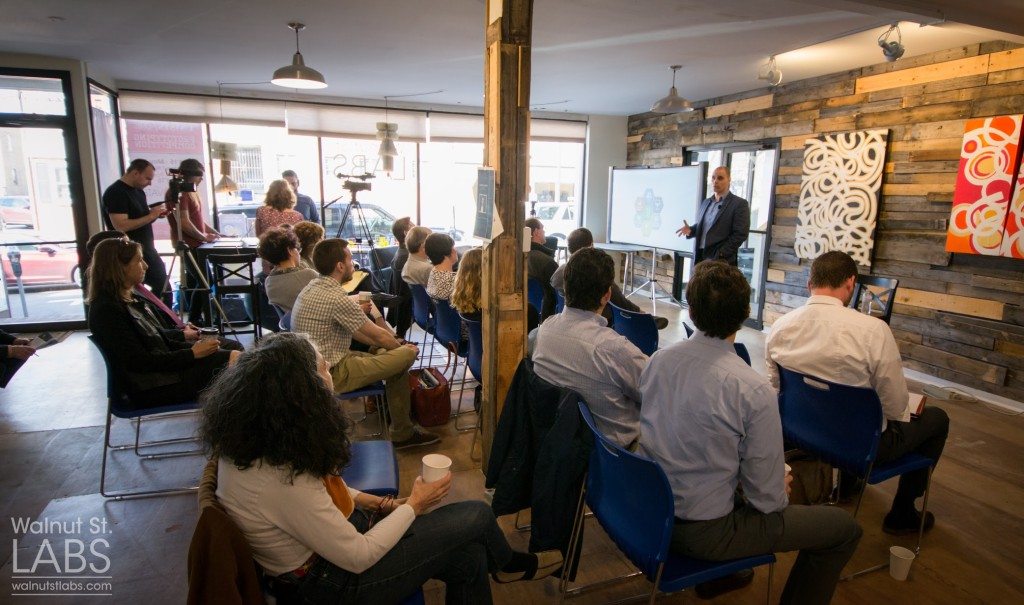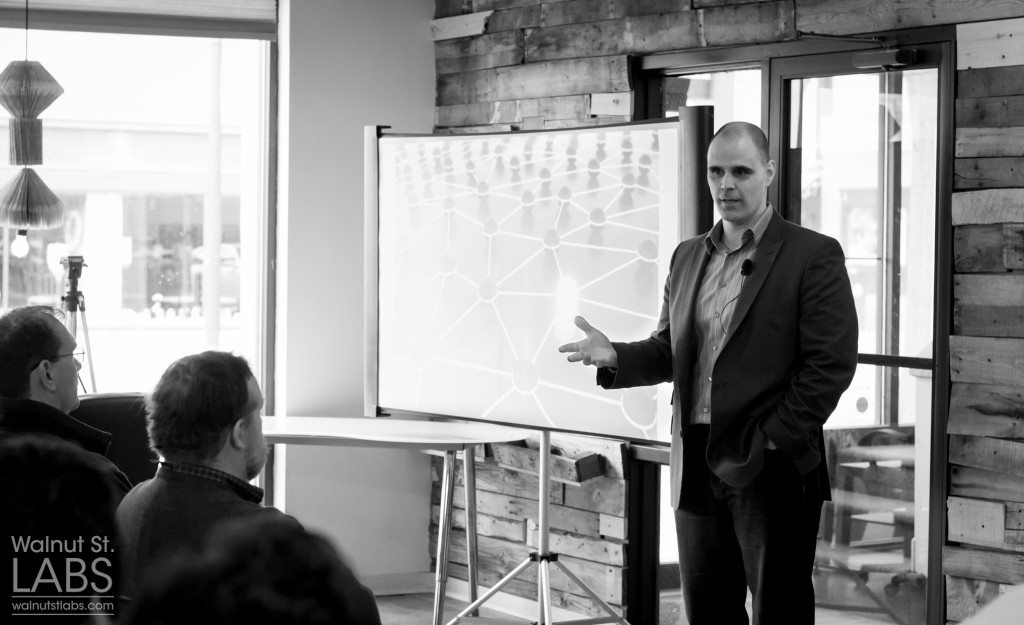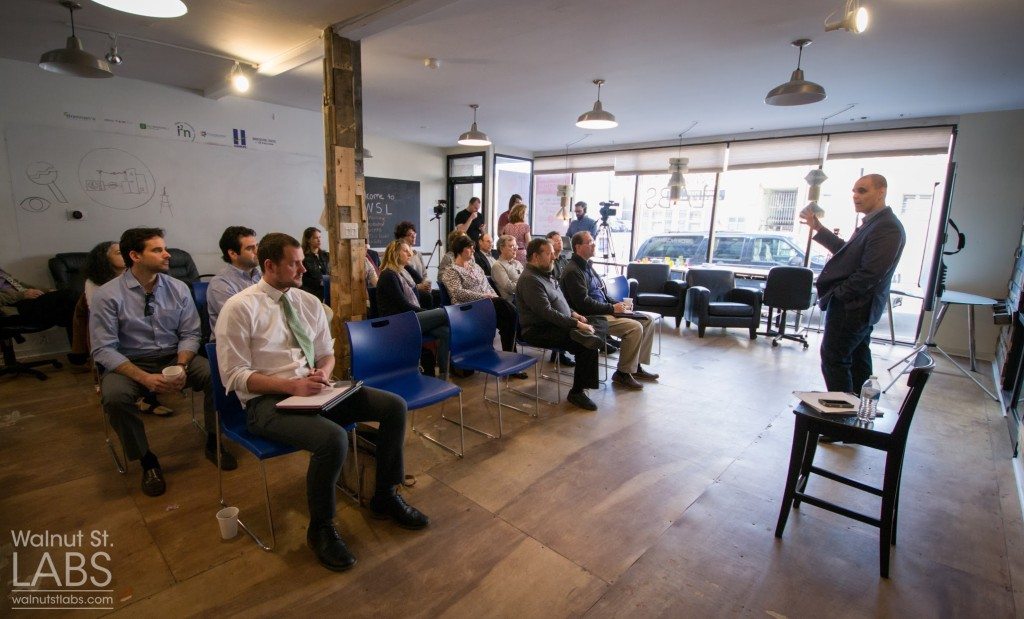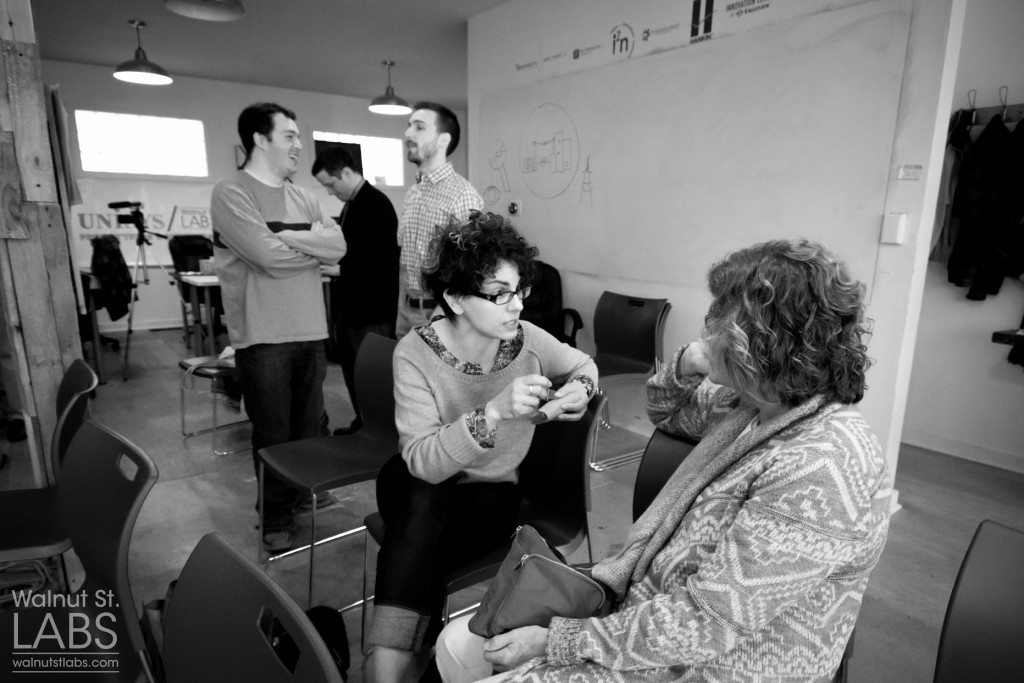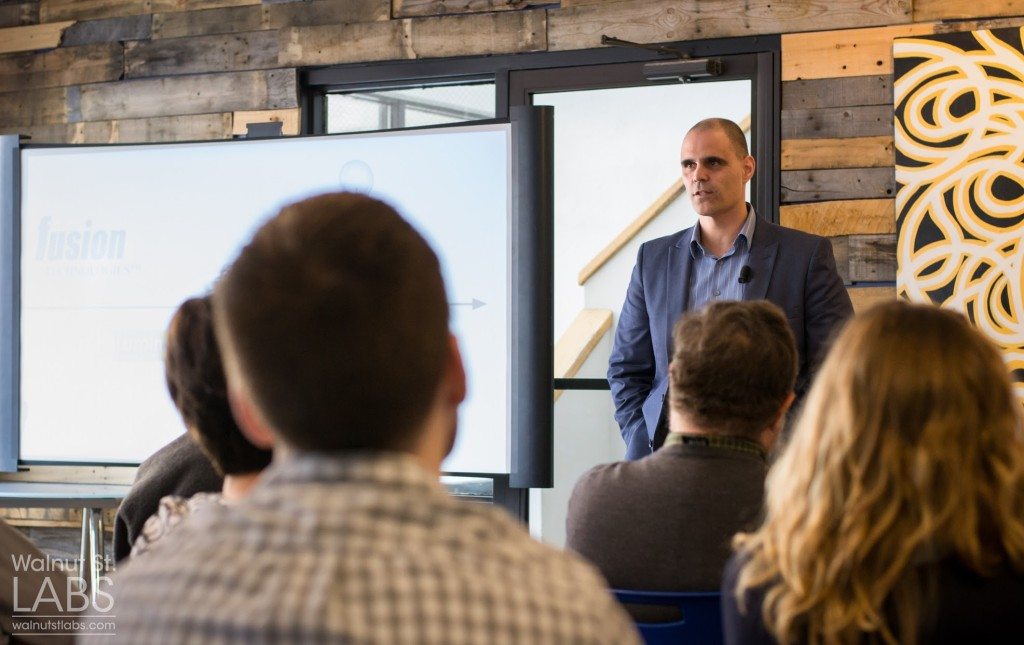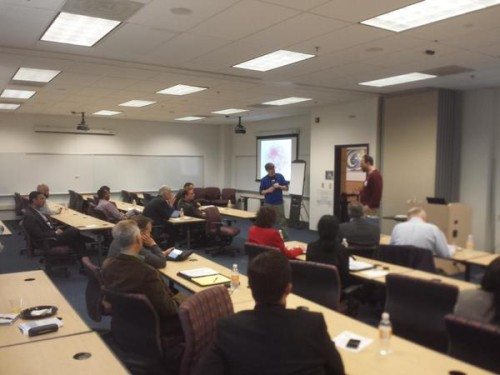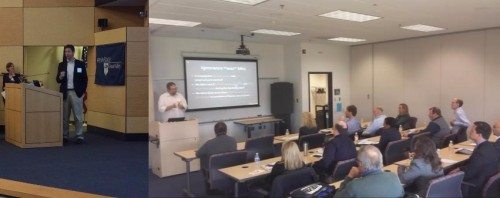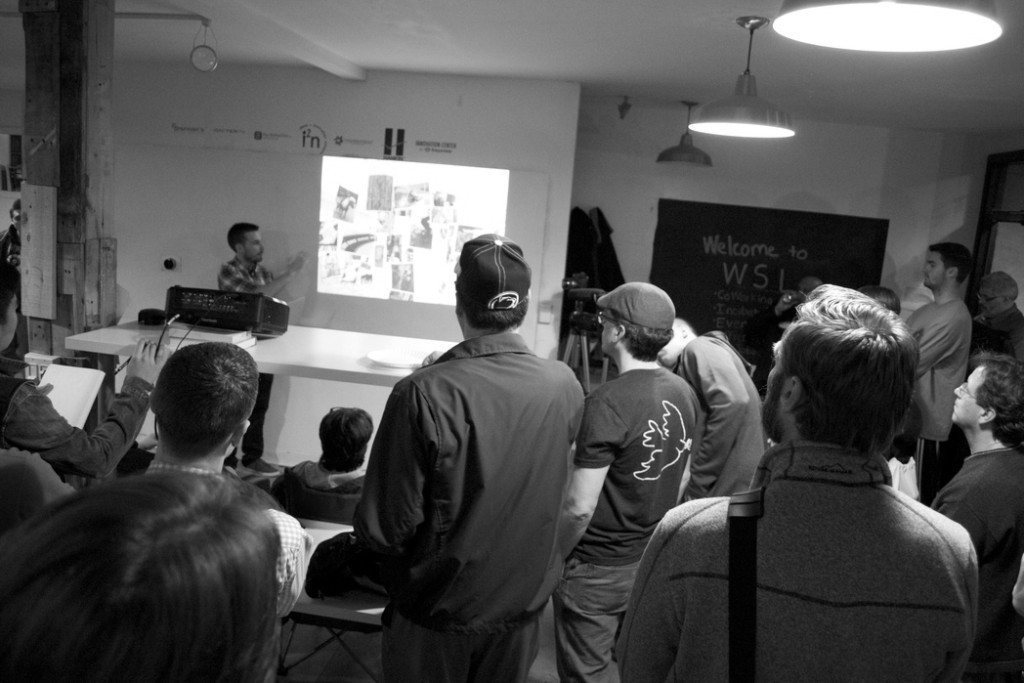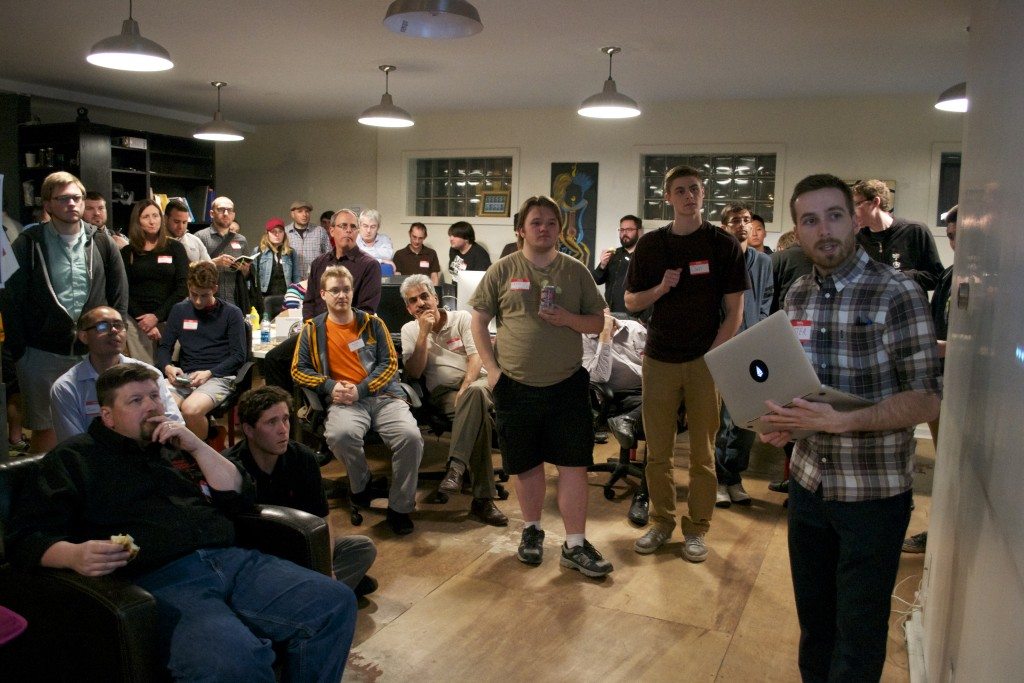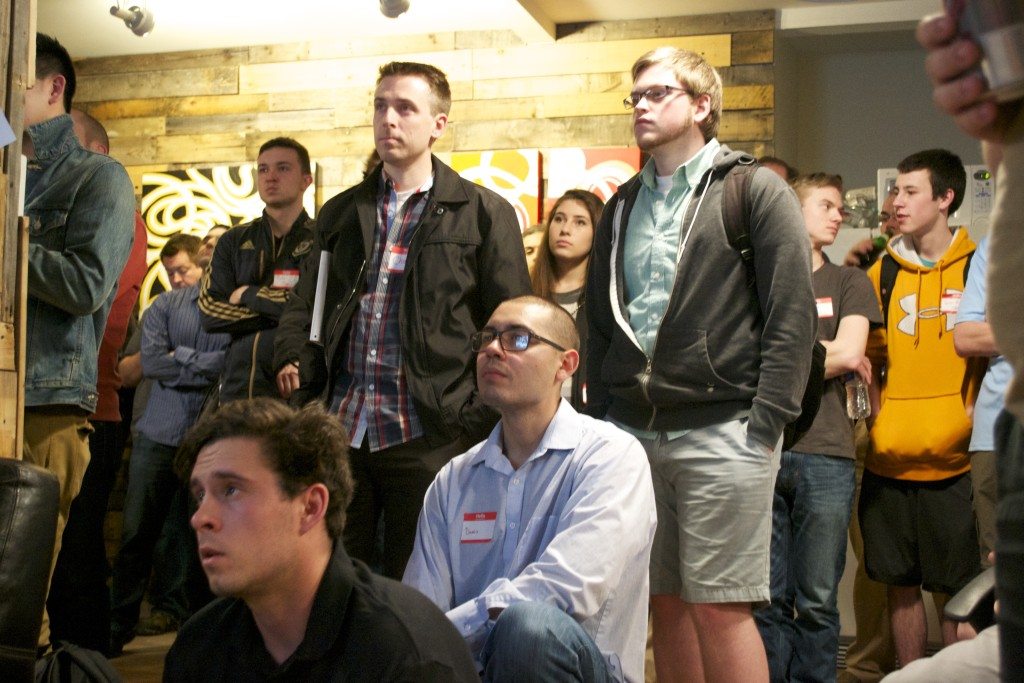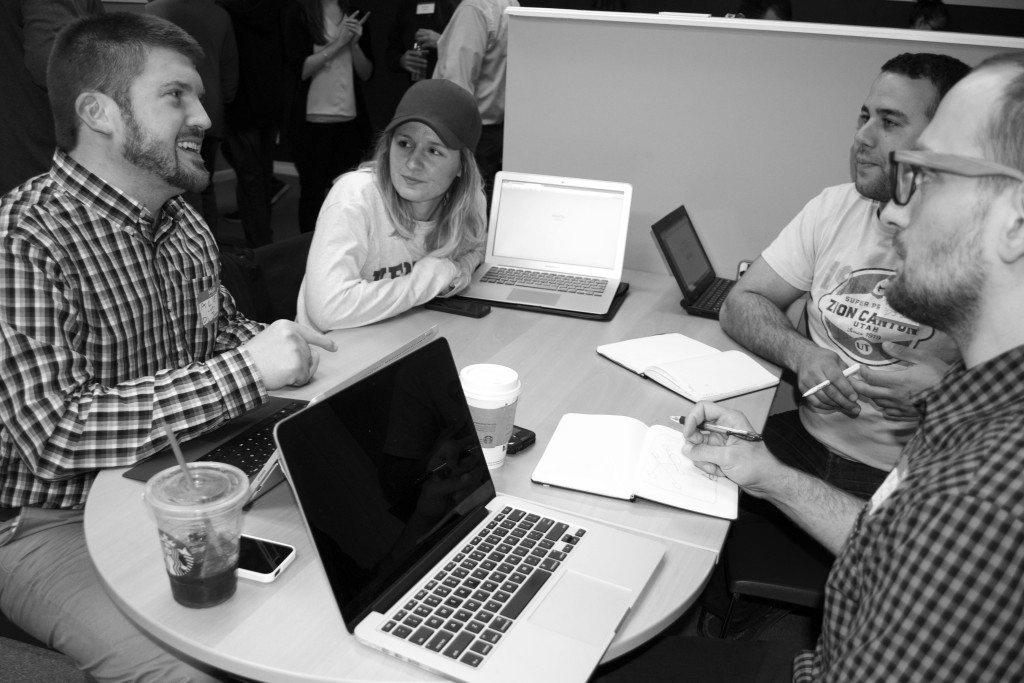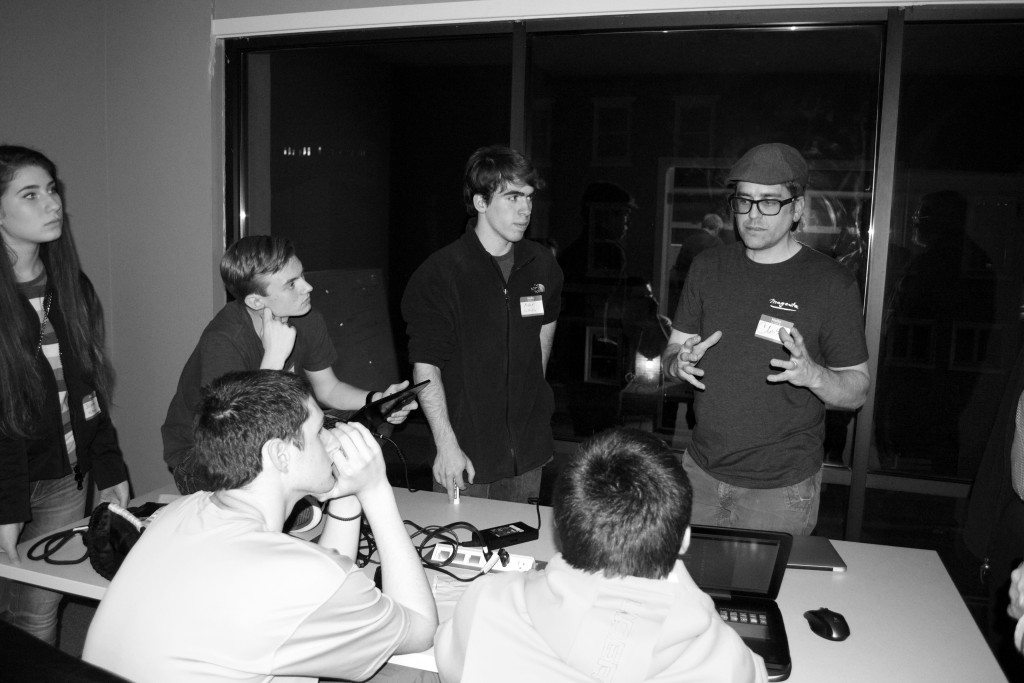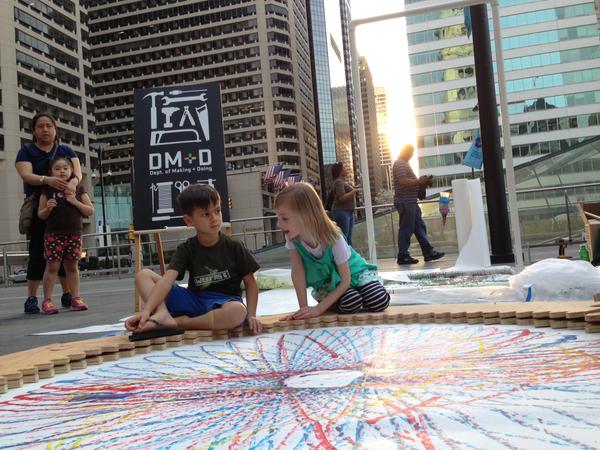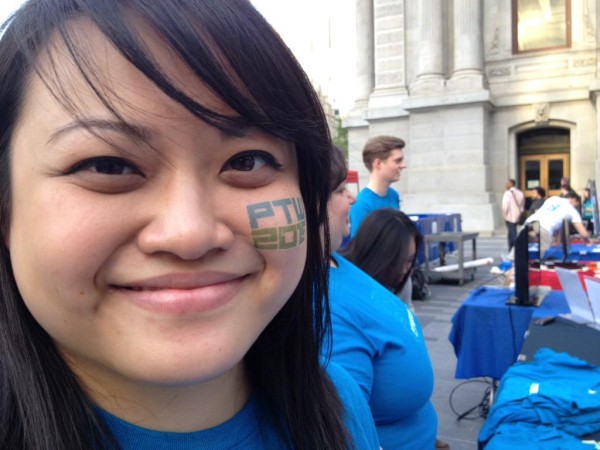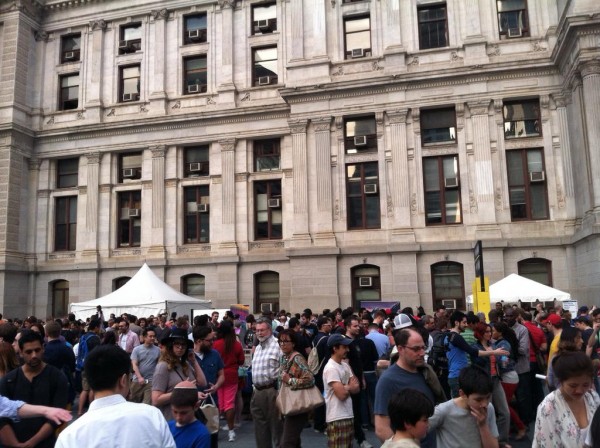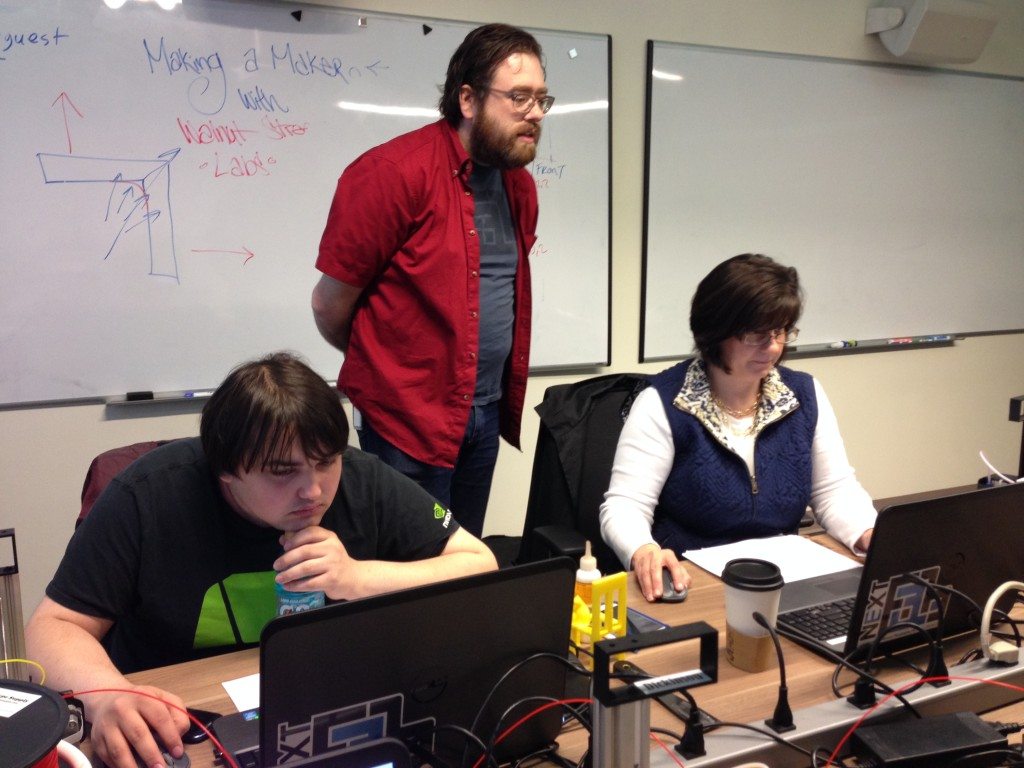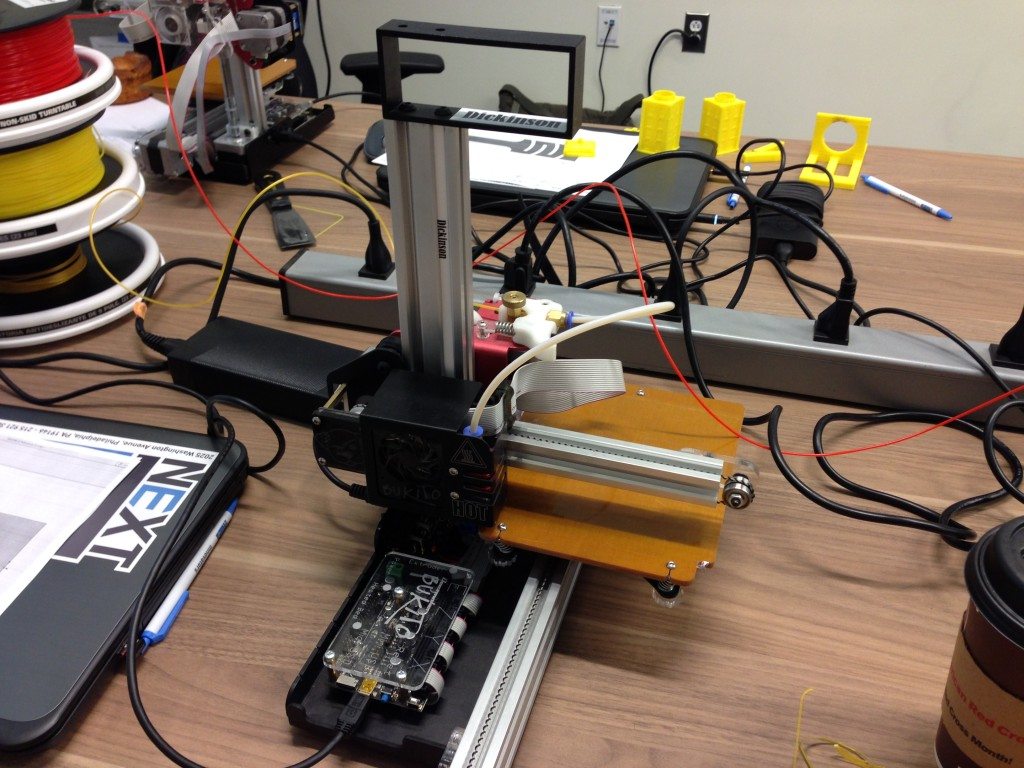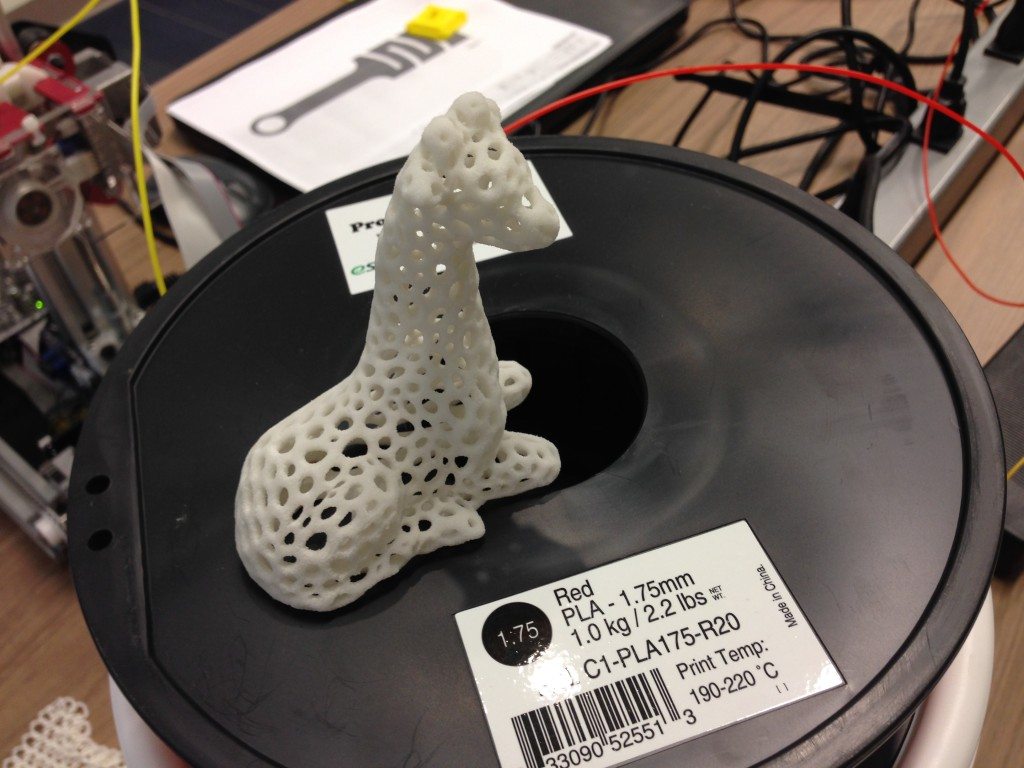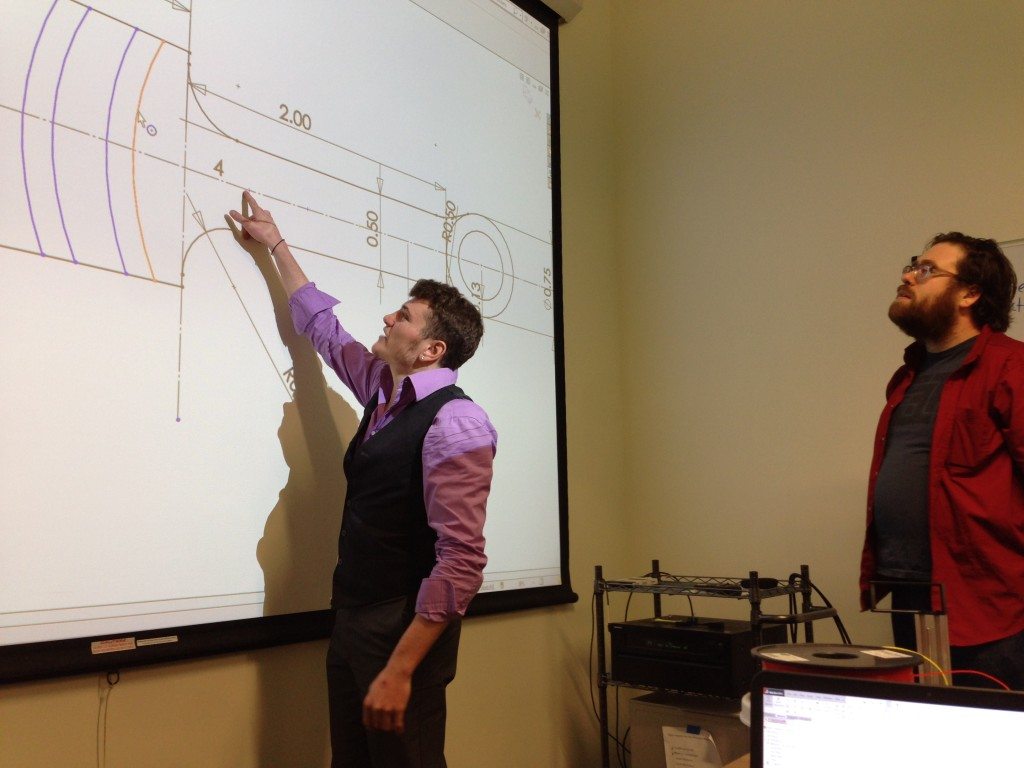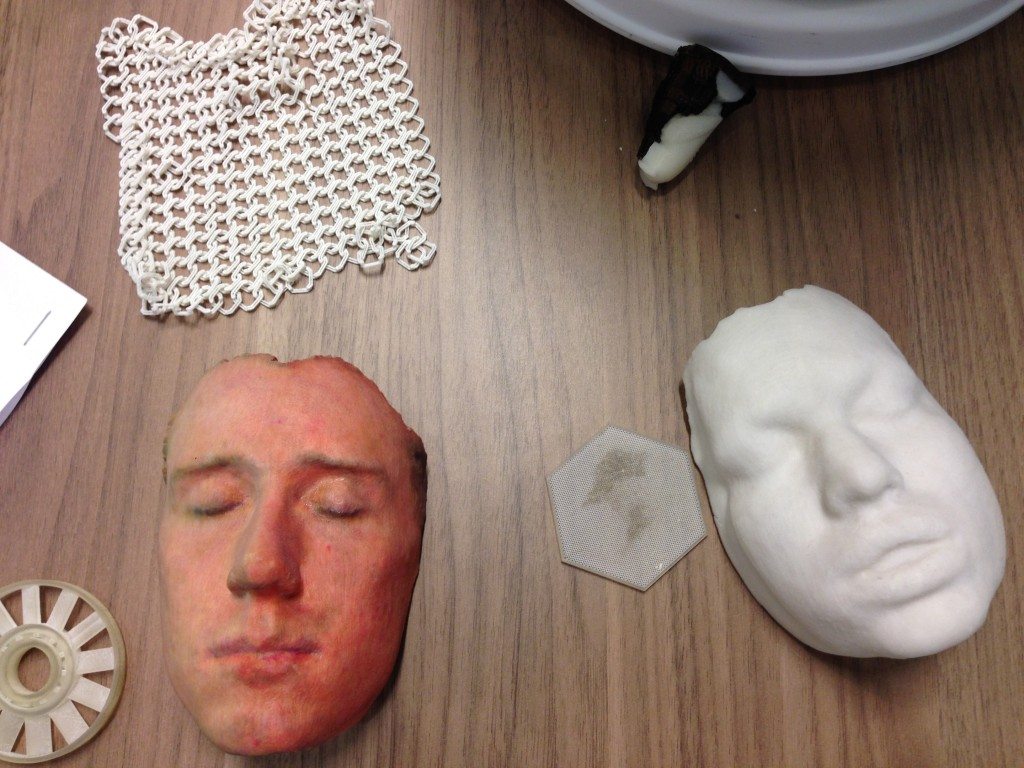Week Three #ProtoComp2015 Putting on the Finishing Touches
This whole #ProtoComp2015 experience with Unisys has been such an enlightening journey, on so many different levels. It’s opened many doors in our community and we’re grateful to serve as a change agent not only for Unisys and the contestant, but also for local educational bodies who are itching for future innovative and collaborative efforts. We can’t even fully comprehend the extent of value added or the fact that Phase One is coming to a close next week, but we’ll get there.
Our Founder, Chris Dima, had the vision, and more crucially—the courage—to create a hub that both idiosyncrasy and synchronicity can aggregate in the suburbs, where supposedly nothing “cool” ever happens.
Jeff Waring and Alicia Zeoli of Westtown School led a crash course on Design Thinking. Unlike analytical thinking, design thinking is a process which includes the “building up” of ideas, with few, or no, limits on breadth during a “brainstorming” phase.
Design thinking helps reduce fear of failure in the participant(s) and encourages input and participation from a wide variety of sources in the ideation phases. The phrase “thinking outside the box” has been coined to describe one goal of the brainstorming phase and is encouraged, since this can aid in the discovery of hidden elements and ambiguities in the situation and discovering potentially faulty assumptions.
Unisys Consulting Engineer and Security Architect, Mike Kain, led the second Crash Course on Thinking Security. Many computer applications are bound to a particular point in time; more precisely, to a given set of technologies and costs. The same is true of computer security.
“The advent of mobile computing will also stress traditional security architectures… It will be more important in the future.”
— Firewalls and Internet Security, Cheswick and Bellovin (1994)
Unfortunately, once something becomes regularly practiced or commonplace consumption, people become wedded to it, and rarely look back at the environment and assumptions that made it possible or even necessary. This is especially serious for security, since it causes us to endure the costs and annoyances of marginally useful (or even harmful) mechanisms while blinding us to newer threats. Security methodologies must therefore account for the dynamic spectrum that new technologies thrive in.
In the process of offering a neutral space to host creatively innovative projects, we never could have imagined how many ground breaking connections would manifest. One such connection was solidified this week between STEM Hacks Leader Buck Jones and The Westtown Innovation Team.
Both organizations are leading the way in their prospective spaces to offer their students access to nuanced curriculums and utilities that harness the makings of the next generation’s technological breakthroughs. Walnut St. Labs and Unisys’ #ProtoComp2015 was a creative and exciting environment for these two parties to exchange ideas.
STEMHacks is one of the very first high-school hackathons in Pennsylvania whose mission it is to inspire the youth to code. In 24 hours 200+ students from the tri-state area will create a project from scratch that will be judged from some of the leaders in the tech industry for a chance to win amazing prizes. With unlimited food, drink, interesting demos and workshops, and of absolutely no cost.
In response to the growing interest of Westtown students, the burgeoning of STEAM careers and commitment to innovation, they have undertaken renovation and construction of a new $13 million new Science Center – which opened in January, 2014. The new Science Center houses the Westtown Science Institute.
Westtown has increased its academic offerings and adopted new curricula in STEAM subjects from Primary Circle through 12th grade. From new courses in engineering, robotics, digital arts, to linear algebra and independent study in math, they prepare their students for an ever-evolving world.
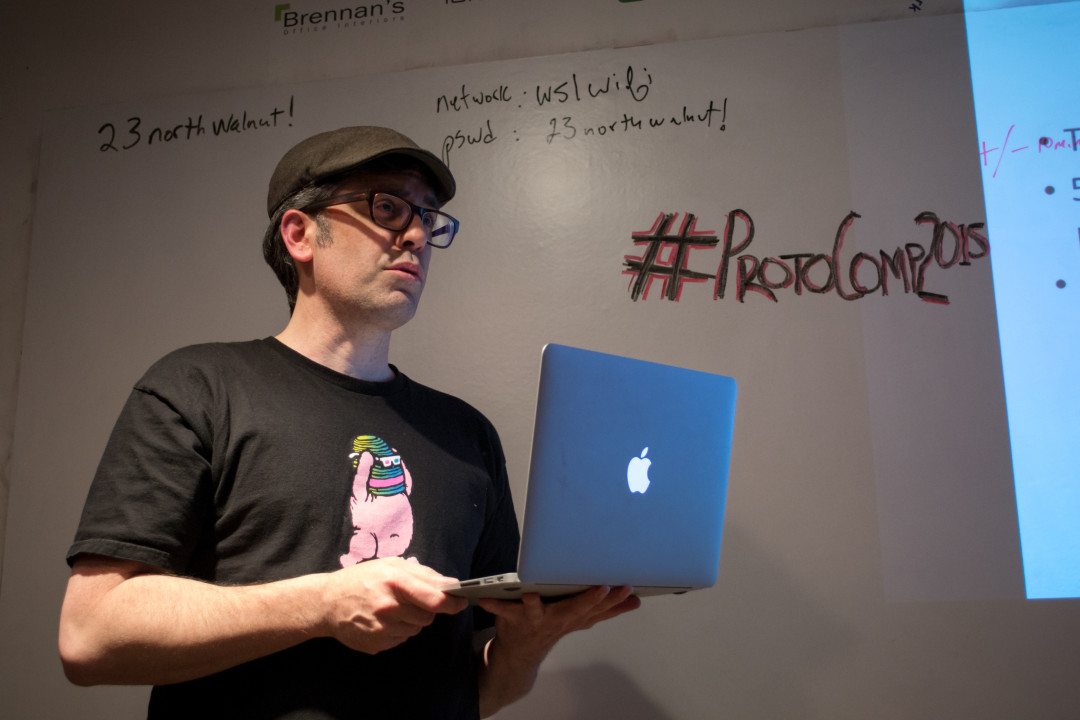
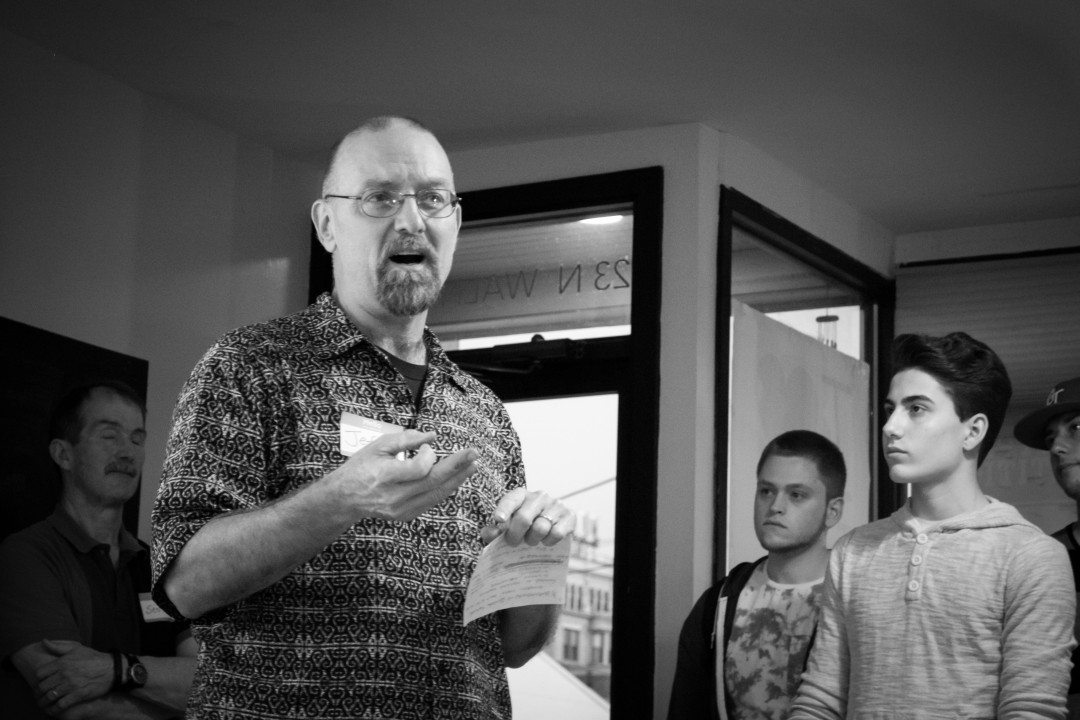
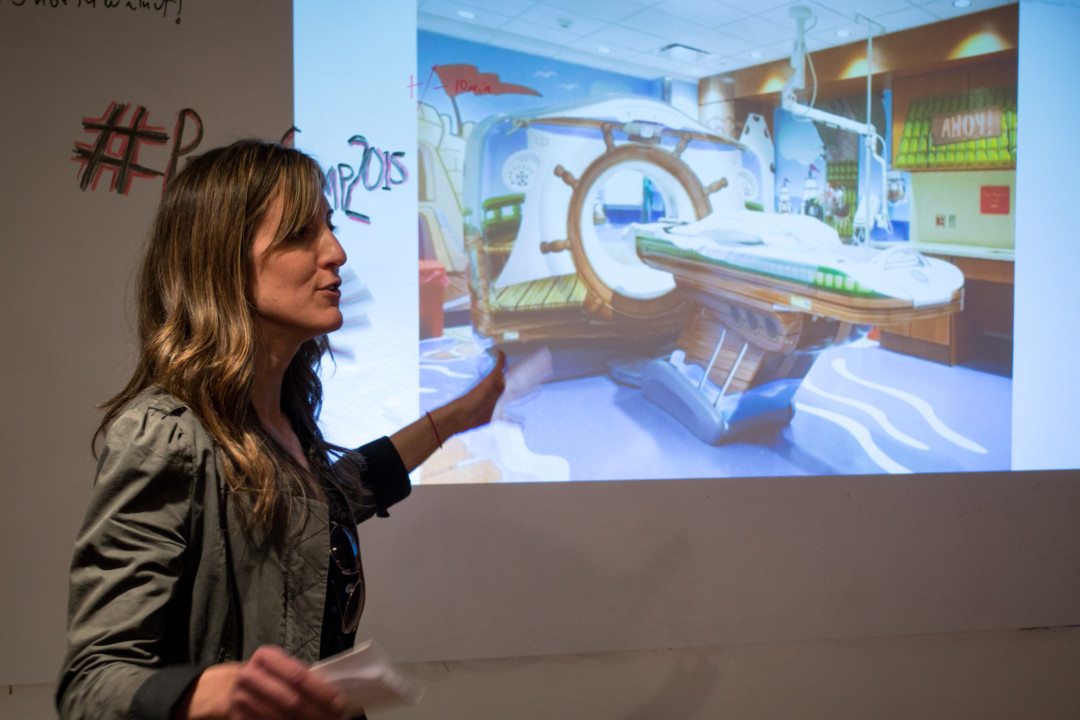
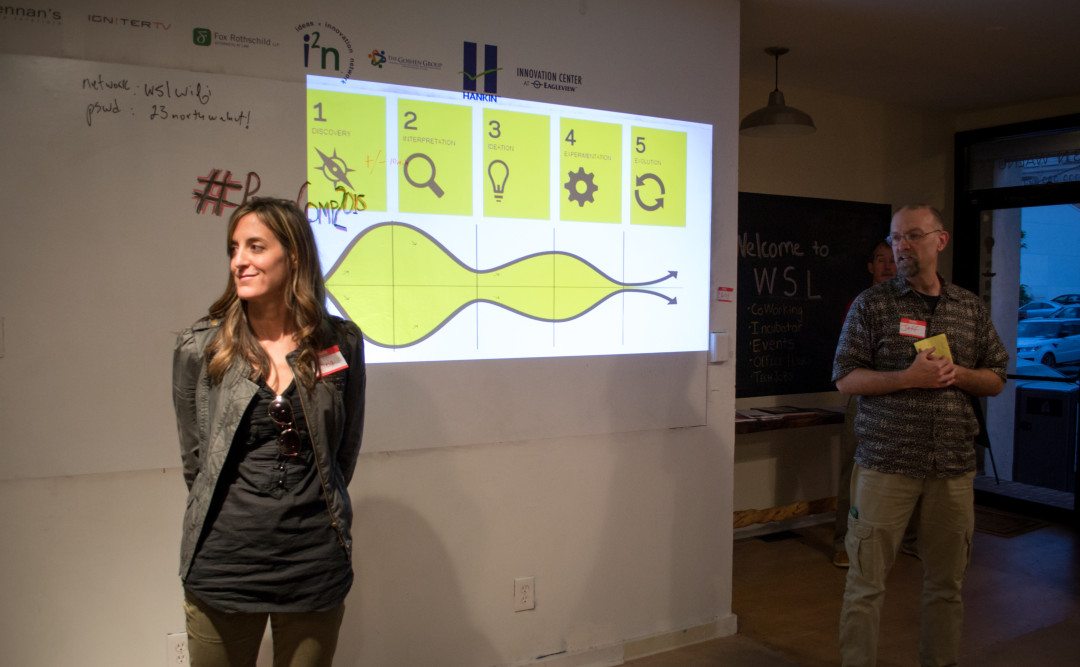
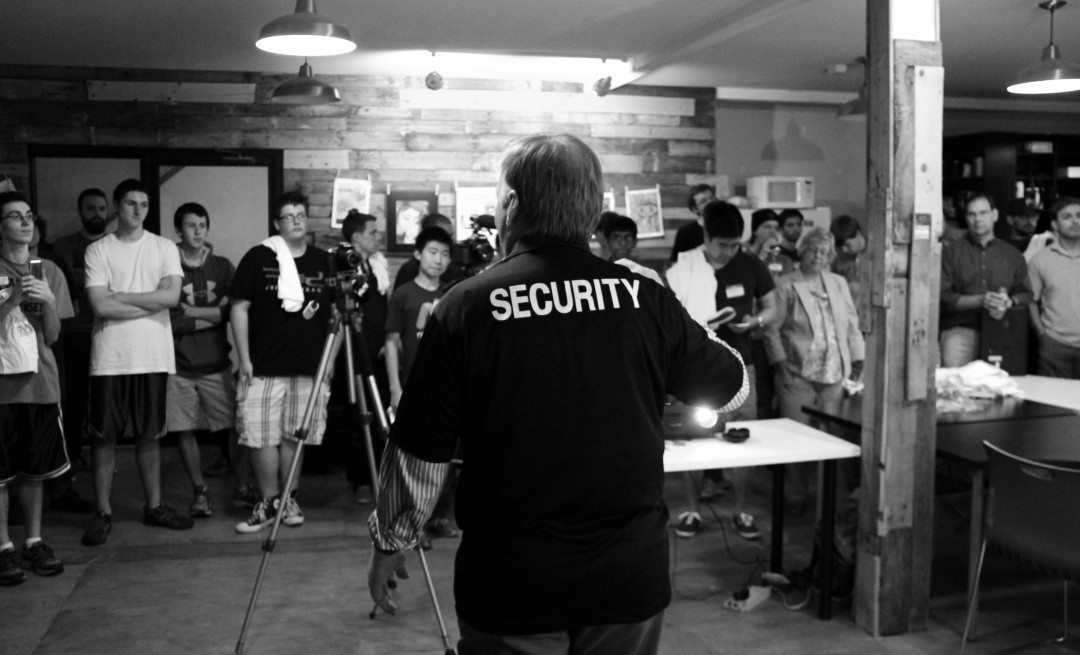
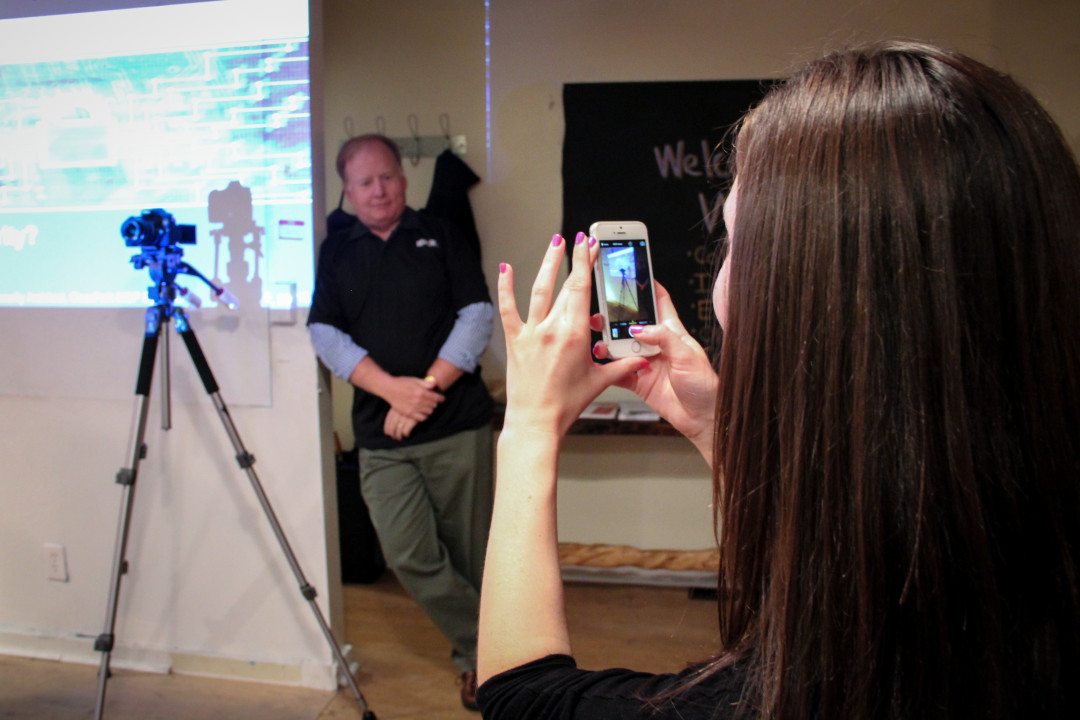
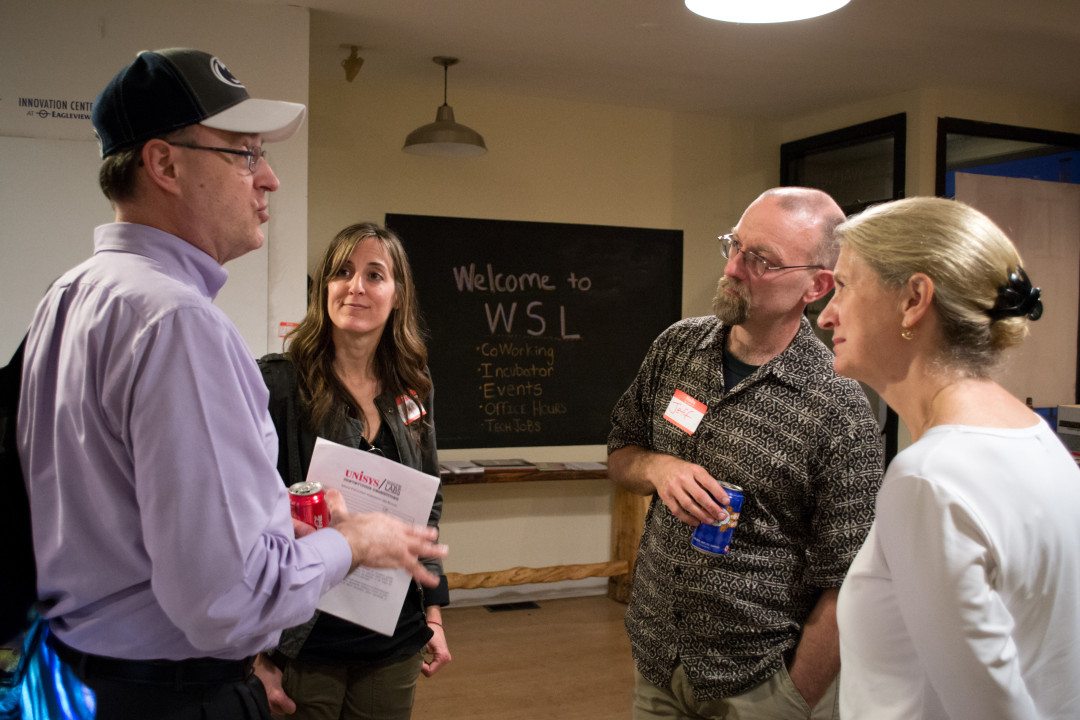
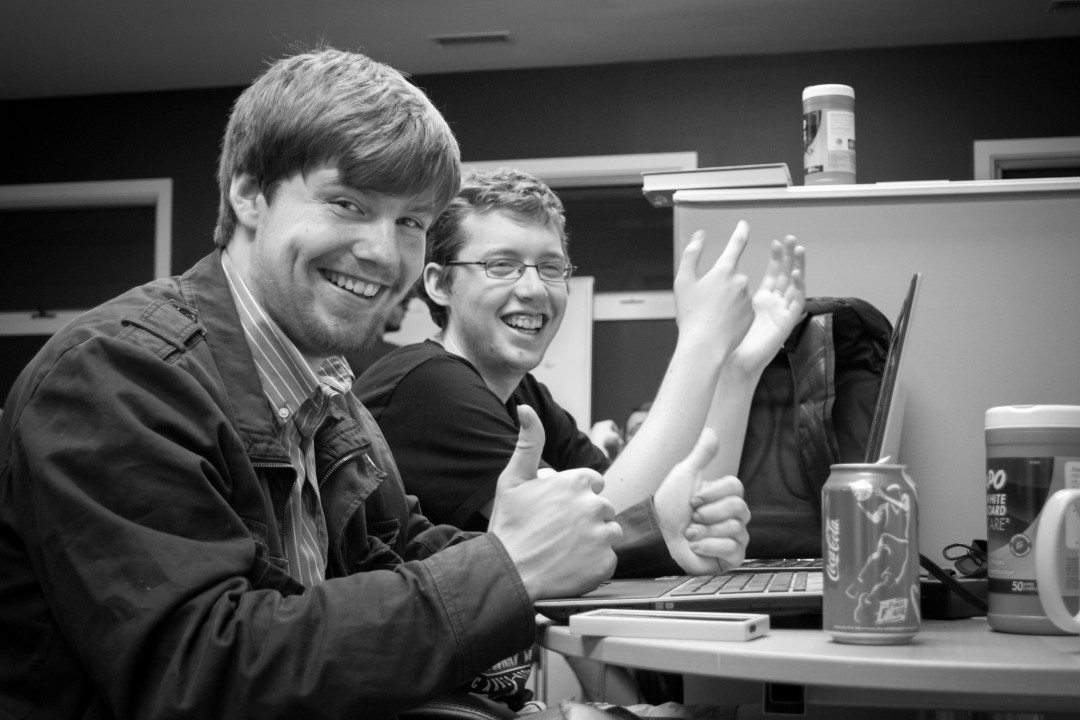
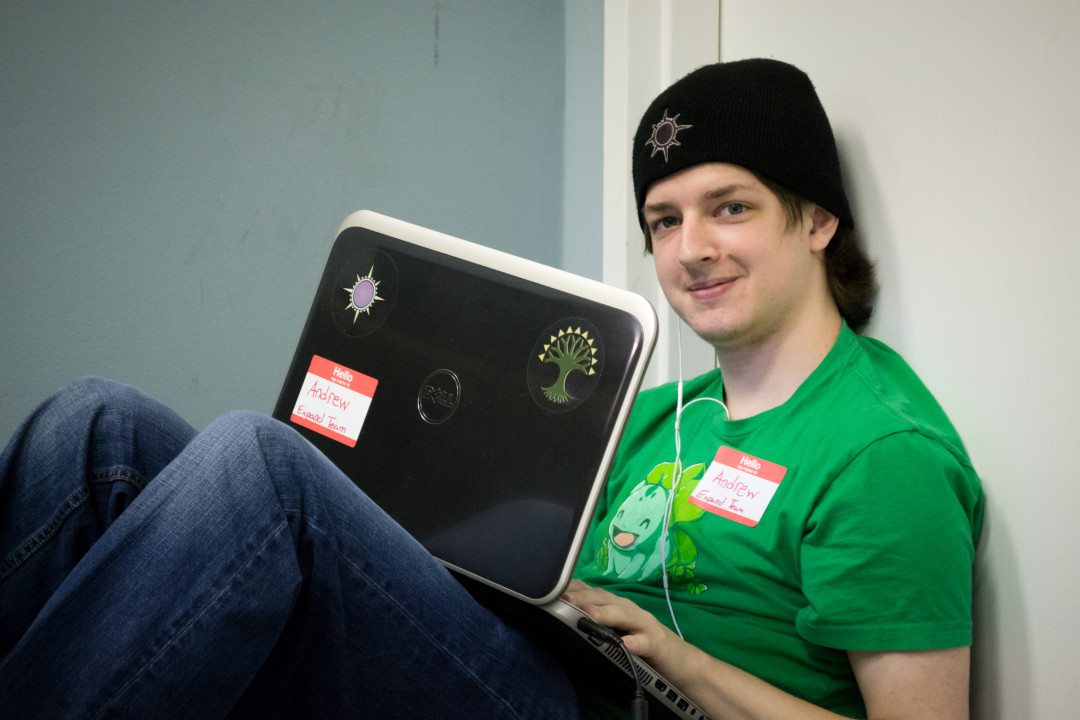
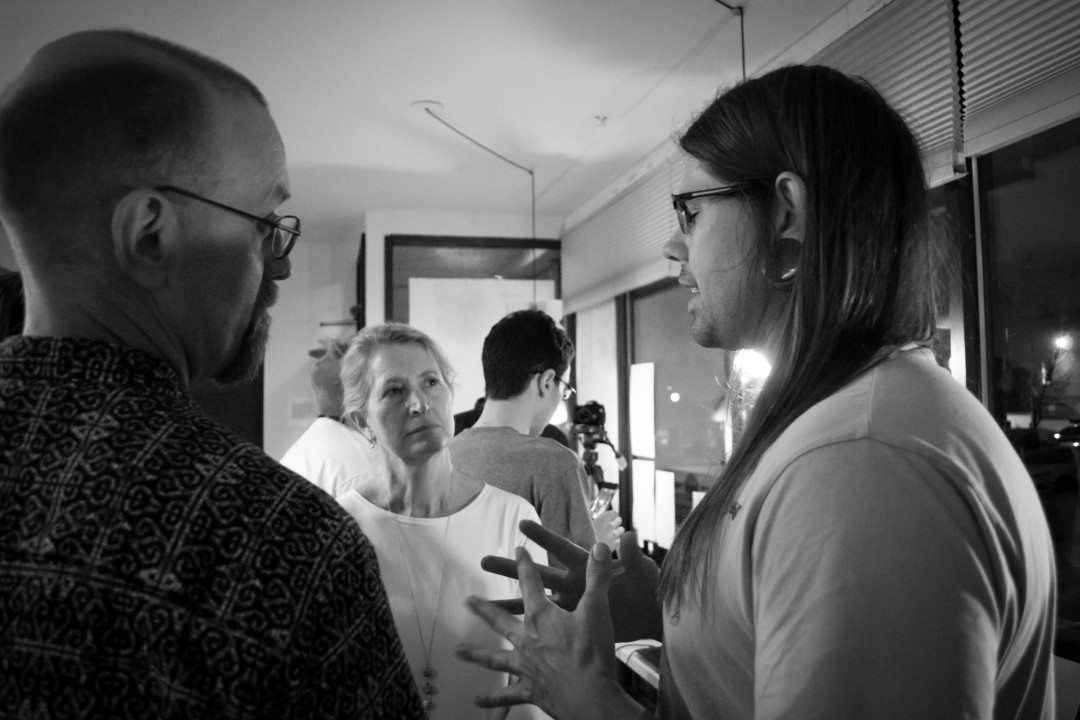
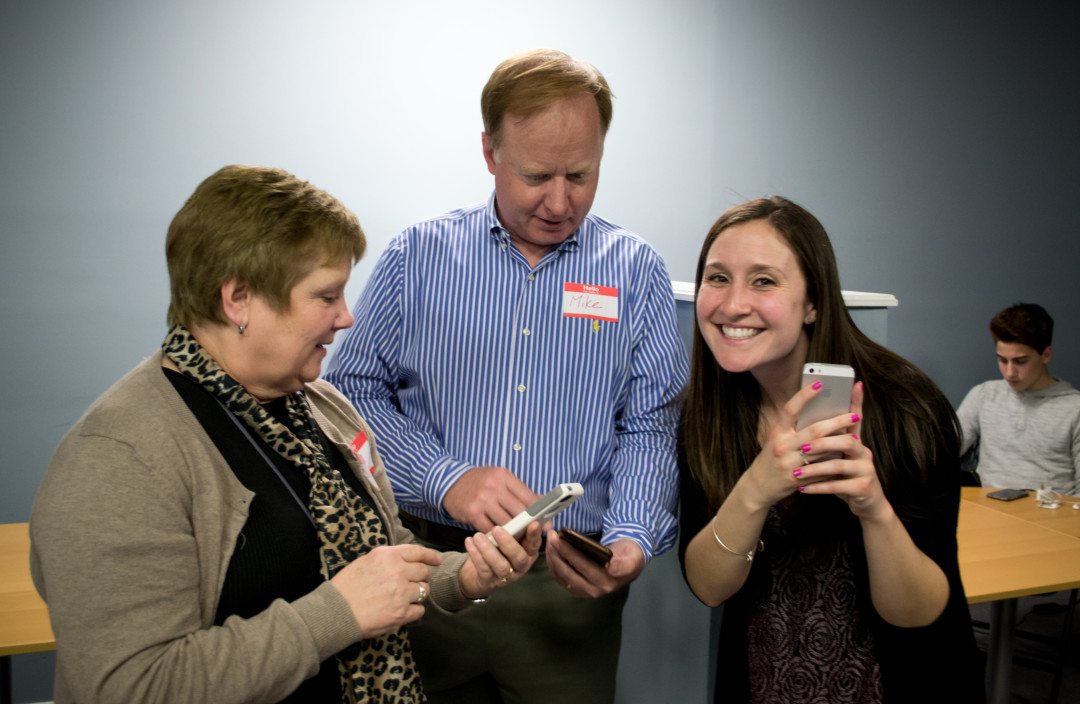
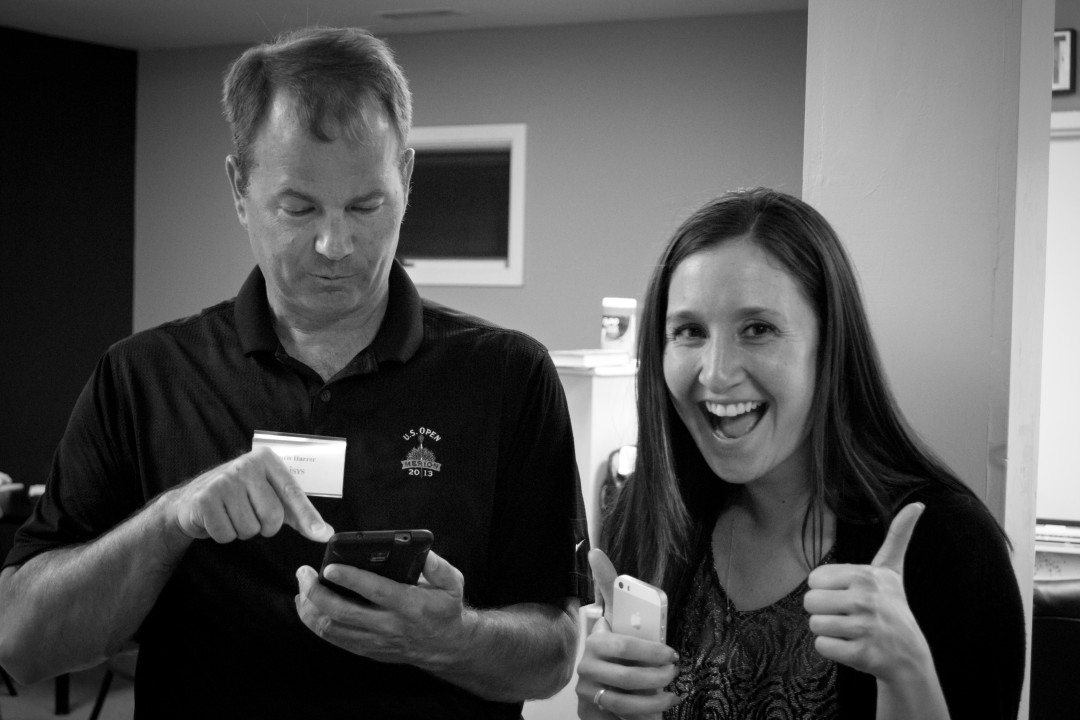
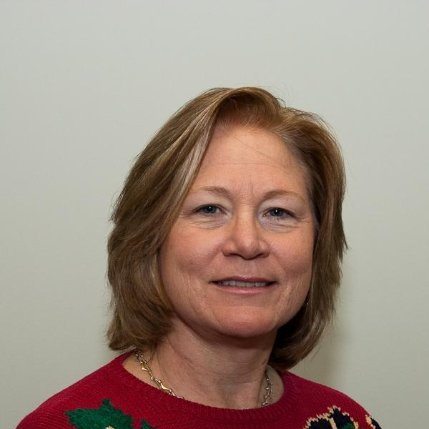 Christina Watters –
Christina Watters – 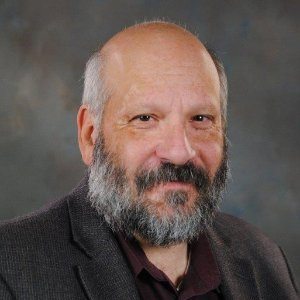 Jim Thompson –
Jim Thompson –  Michael Salsburg –
Michael Salsburg – 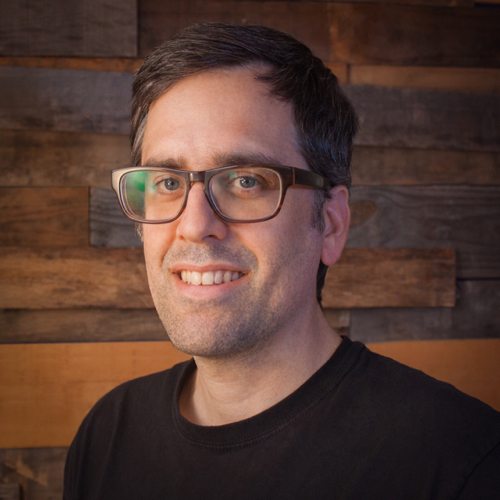 Chris Dima –
Chris Dima – 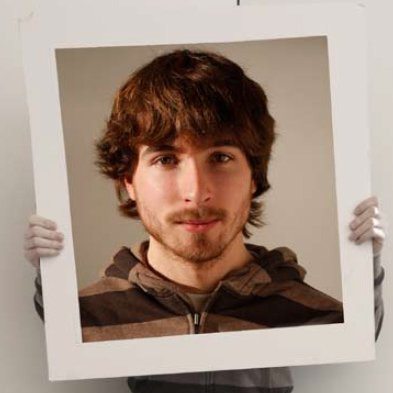 Peter LoBue –
Peter LoBue – 



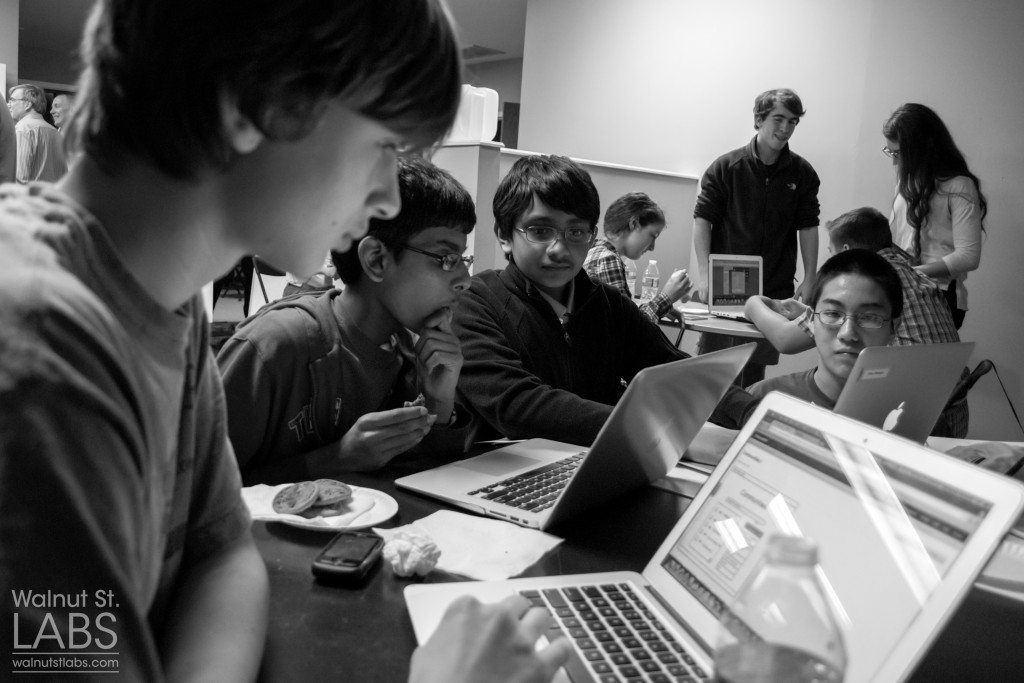
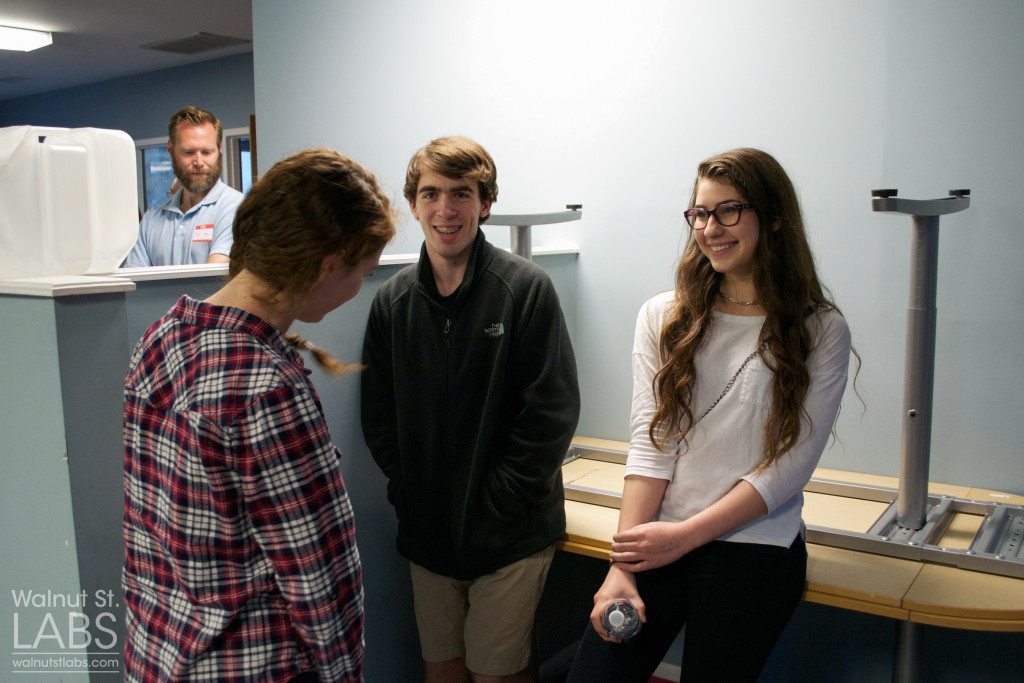
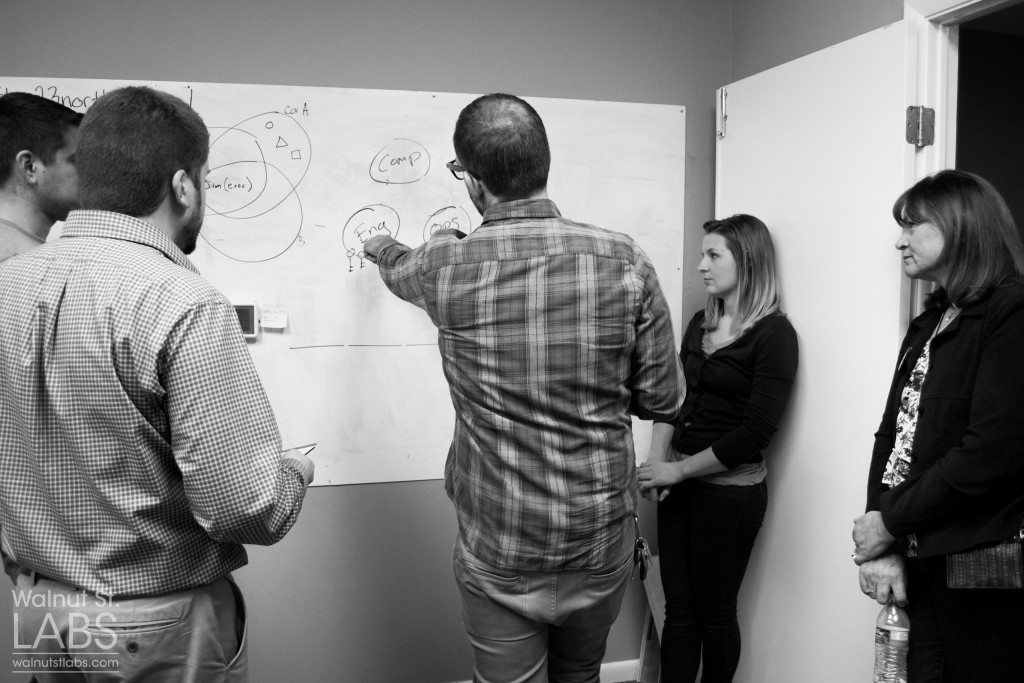
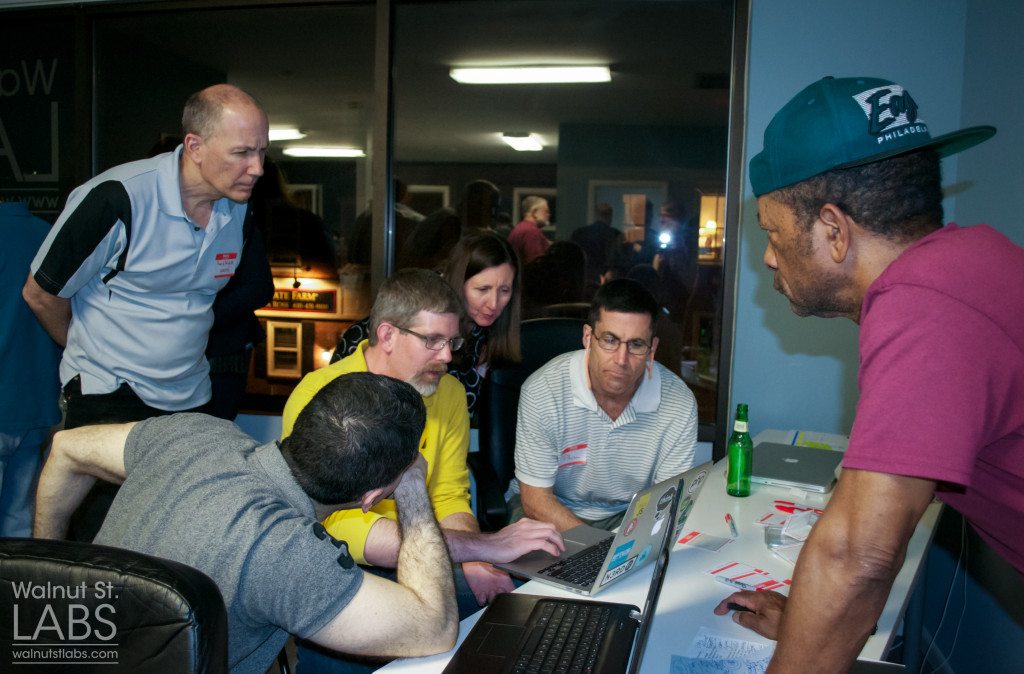

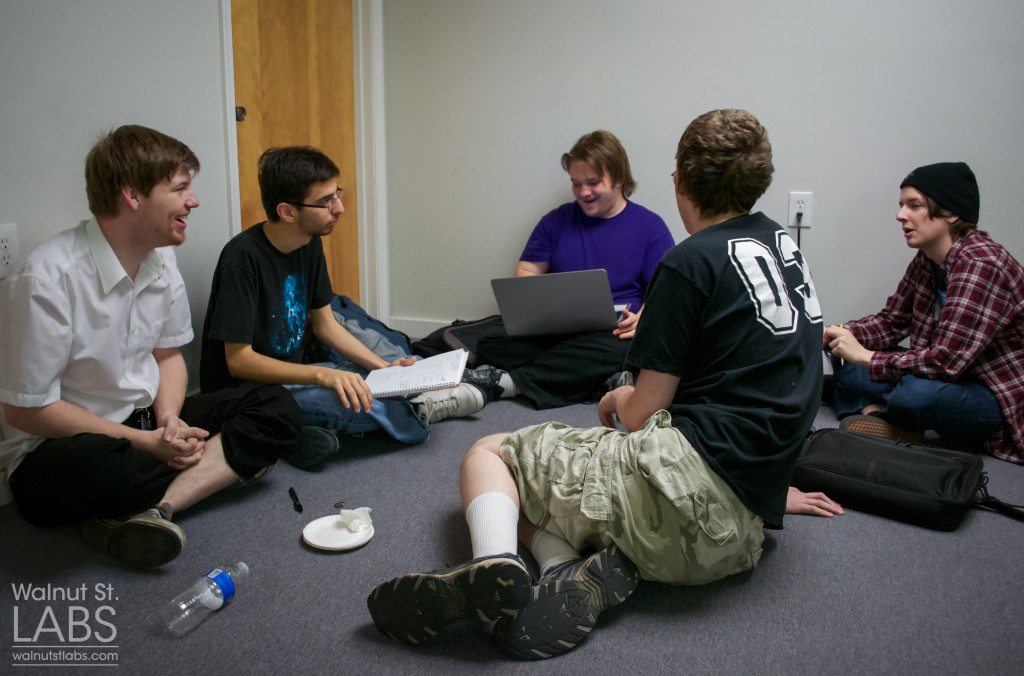
 WEST CHESTER, PA – Walnut St. Labs, an Innovation Lab in West Chester, PA, is partnering with i2n (Ideas x Innovation Network) and NextFab to launch a “Mini-Makerspace”.
WEST CHESTER, PA – Walnut St. Labs, an Innovation Lab in West Chester, PA, is partnering with i2n (Ideas x Innovation Network) and NextFab to launch a “Mini-Makerspace”.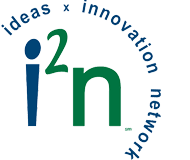 i2n is funded in part by private sector support, educational partners, and the Pennsylvania Department of Community & Economic Development’s Discovered in PA, Developed in PA program. The Chester County Economic Development Council is a private, non-profit economic development organization promoting smart growth in Chester County and the surrounding region for more than 50 years. The CCEDC provides proven financing solutions, cultivates workforce talent, leverages business partnerships, and fosters entrepreneurial collaboration. Together, with the support of the private and public sectors, CCEDC initiates, implements and innovates programs that improve the business community and enhance the quality of life in Chester County. For more information, visit our websites,
i2n is funded in part by private sector support, educational partners, and the Pennsylvania Department of Community & Economic Development’s Discovered in PA, Developed in PA program. The Chester County Economic Development Council is a private, non-profit economic development organization promoting smart growth in Chester County and the surrounding region for more than 50 years. The CCEDC provides proven financing solutions, cultivates workforce talent, leverages business partnerships, and fosters entrepreneurial collaboration. Together, with the support of the private and public sectors, CCEDC initiates, implements and innovates programs that improve the business community and enhance the quality of life in Chester County. For more information, visit our websites, 